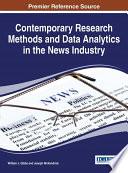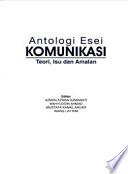
Cara Praktis Belajar Pidato, MC, dan Penyiar Radio
Public Speaking mengambil peranan yang sangat penting dalam penyampaian informasi dan teknik komunikasi yang sangat dibutuhkan oleh semua orang dalam berbagai bidang kegiatan. Beberapa di antara public speaking yang sering digunakan adalah pidato, MC, dan penyiar radio. Banyak orang beranggapan bahwa, berbicara di depan umum adalah suatu hal yang susah dan hanya bisa dilakukan oleh pejabat maupun para artis profesional. Buku ini merupakan jawaban bagi kekhawatiran orang-orang yang tidak siap ketika berbicara di depan umum. Berisi tentang metode pidato, MC, dan penyiar radion, buku ini menjadi referensi pilihan bagi public speaker sebelum menghadapi audiens.
- ISBN 13 : 6232443985
- ISBN 10 : 9786232443983
- Judul : Cara Praktis Belajar Pidato, MC, dan Penyiar Radio
- Pengarang : Ristina Yani Puspita,
- Kategori : Language Arts & Disciplines
- Penerbit : Anak Hebat Indonesia
- Bahasa : id
- Tahun : 2017
- Halaman : 156
- Google Book : https://play.google.com/store/books/details?id=x8T1DwAAQBAJ&source=gbs_api
-
Ketersediaan :
Public Speaking mengambil peranan yang sangat penting dalam penyampaian informasi dan teknik komunikasi yang sangat dibutuhkan oleh semua orang dalam berbagai bidang kegiatan.


